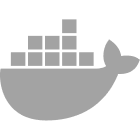
AI To Classify & Detect Parcel Damage
This research explores how AI, using convolutional neural networks (CNNs), can automate the detection and classification of package damage. By analyzing photos, this solution help logisticians streamline workflows, reduce errors, and improve delivery efficiency.

Envelopes
Envelope parcels are scanned for tears, bends, and damage.

Pallets
Pallets are scanned for broken slats, cracks, and instability.

Card Boxes
Card boxes are scanned for dents, tears, and crushing.
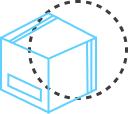
Plastic Bags
Plastic bags are scanned for punctures, tears, and leaks.

Crates
Wooden crates are scanned for splits, damage, and instability.
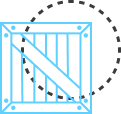
IBC
IBC containers are scanned for dents, cracks, and leaks.
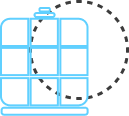
Training the Model: Powered by TensorFlow
At the core of every accurate prediction in Parcel Scan AI is a neural network meticulously trained using TensorFlow. The model was fed a mid-sized dataset of package images across six categories—Envelopes, IBCs, Wooden Crates, Card Boxes, Pallets, and Plastic Bags. Each category was divided into two classes: damaged and undamaged. As the model processed these images, it learned to distinguish subtle variations and patterns, such as punctures in plastic bags or dents in card boxes. Through this deep learning journey, the model evolved to identify and classify damage with exceptional precision, enabling a new standard in package safety and integrity for logistics.
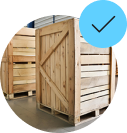
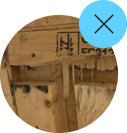

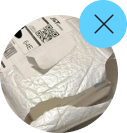


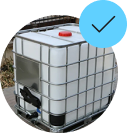
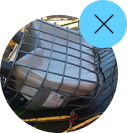
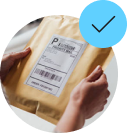
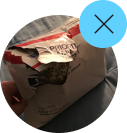
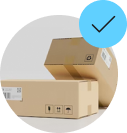
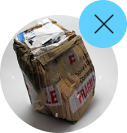
Research To Parcel Scan: Leveraging AI for logistics
Raising the accuracy of the Parcel Scan AI model from 63% to 81% was no simple task. After a thorough review of existing literature and extensive experimentation, key adjustments were made to the model’s architecture, particularly to the hidden layers and the number of neurons in each. These refinements allowed for significant improvement in the model’s ability to classify damaged and undamaged parcels. However, despite these advancements, challenges remain. Parcel Scan still faces difficulties in certain edge cases, where subtle damages or complex features can confuse the model. Ongoing research and fine-tuning should continue to push the boundaries of what AI can achieve in logistics.
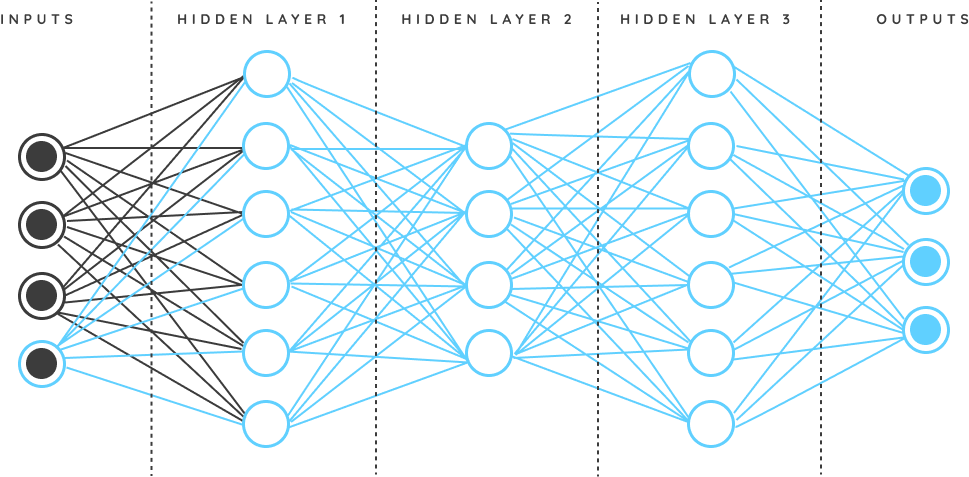
Data Collection & Preprocessing
A diverse dataset of parcel images across six categories (Envelopes, IBCs, Wooden Crates, Card Boxes, Pallets, and Plastic Bags) was collected. Each image was labeled as damaged or undamaged to build a strong training base. Preprocessing ensured consistent, clean data, laying the groundwork for accurate model predictions.
Model Architecture Adjustments
Adjustments were made to the model’s architecture, focusing on hidden layers and neurons. By reviewing the literature and testing various configurations, the model’s accuracy improved from 63% to 81%, ensuring it better detects damage patterns across different parcel types.
TensorFlow Training Process
The model was trained using TensorFlow, learning to differentiate between damaged and undamaged parcels. Through multiple epochs and hyperparameter fine-tuning, the training process refined the model’s ability to make accurate predictions, though certain edge cases remain challenging.
Challenges & Ongoing Refinement
Despite progress, the model still faces challenges in handling subtle damage or irregular parcel shapes. These edge cases highlight areas for continued research and refinement, as real-world data and ongoing training help push the model’s capabilities forward.





